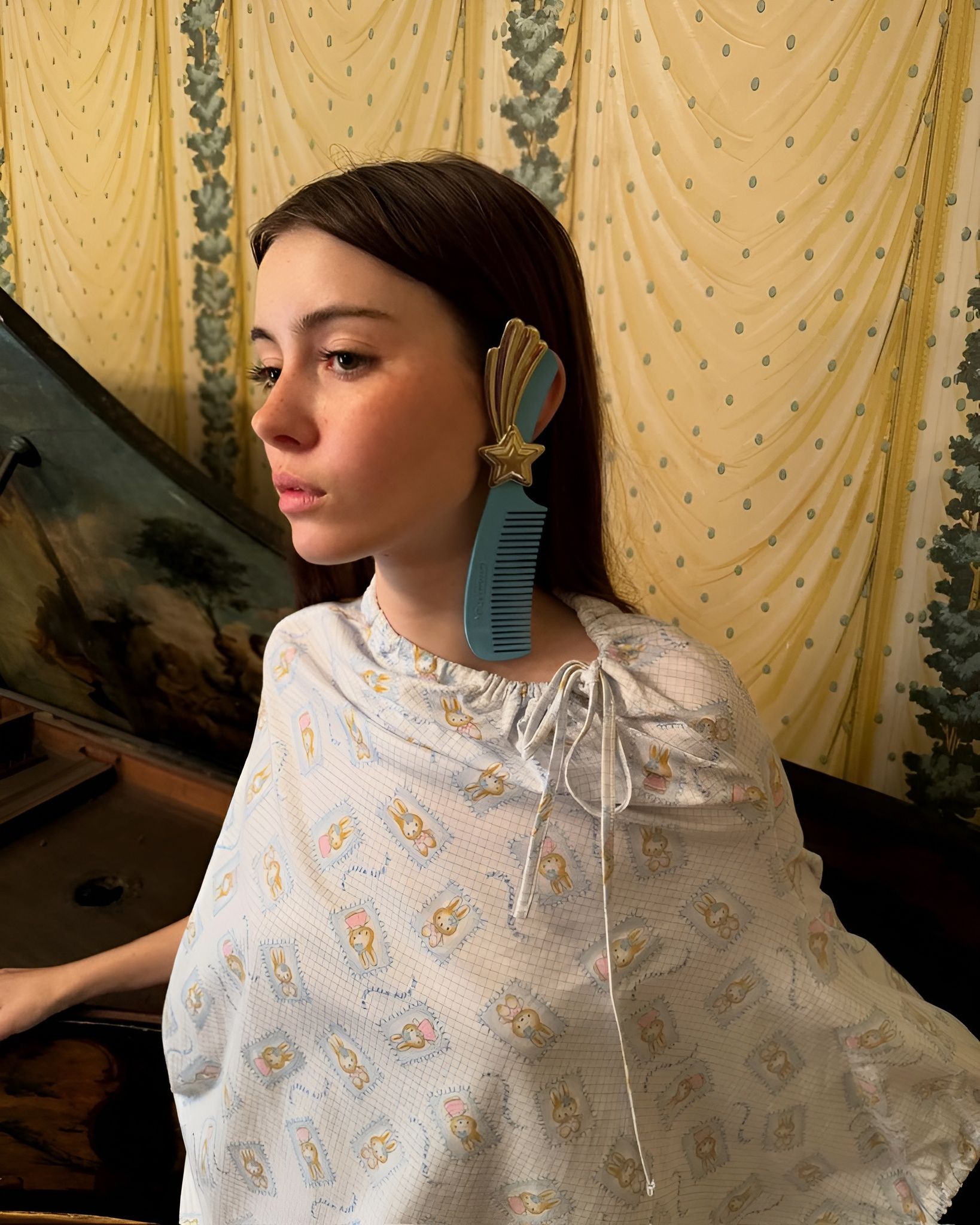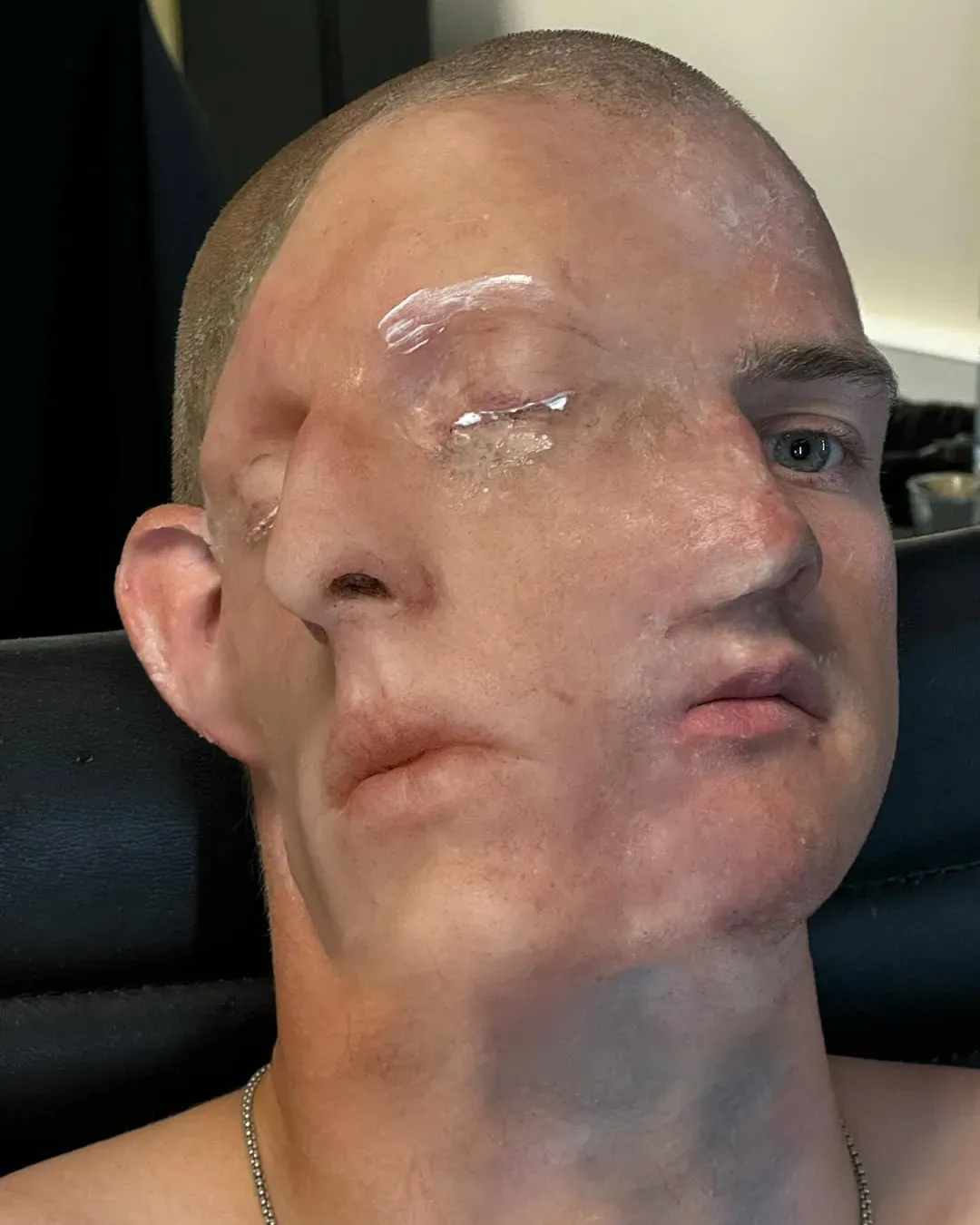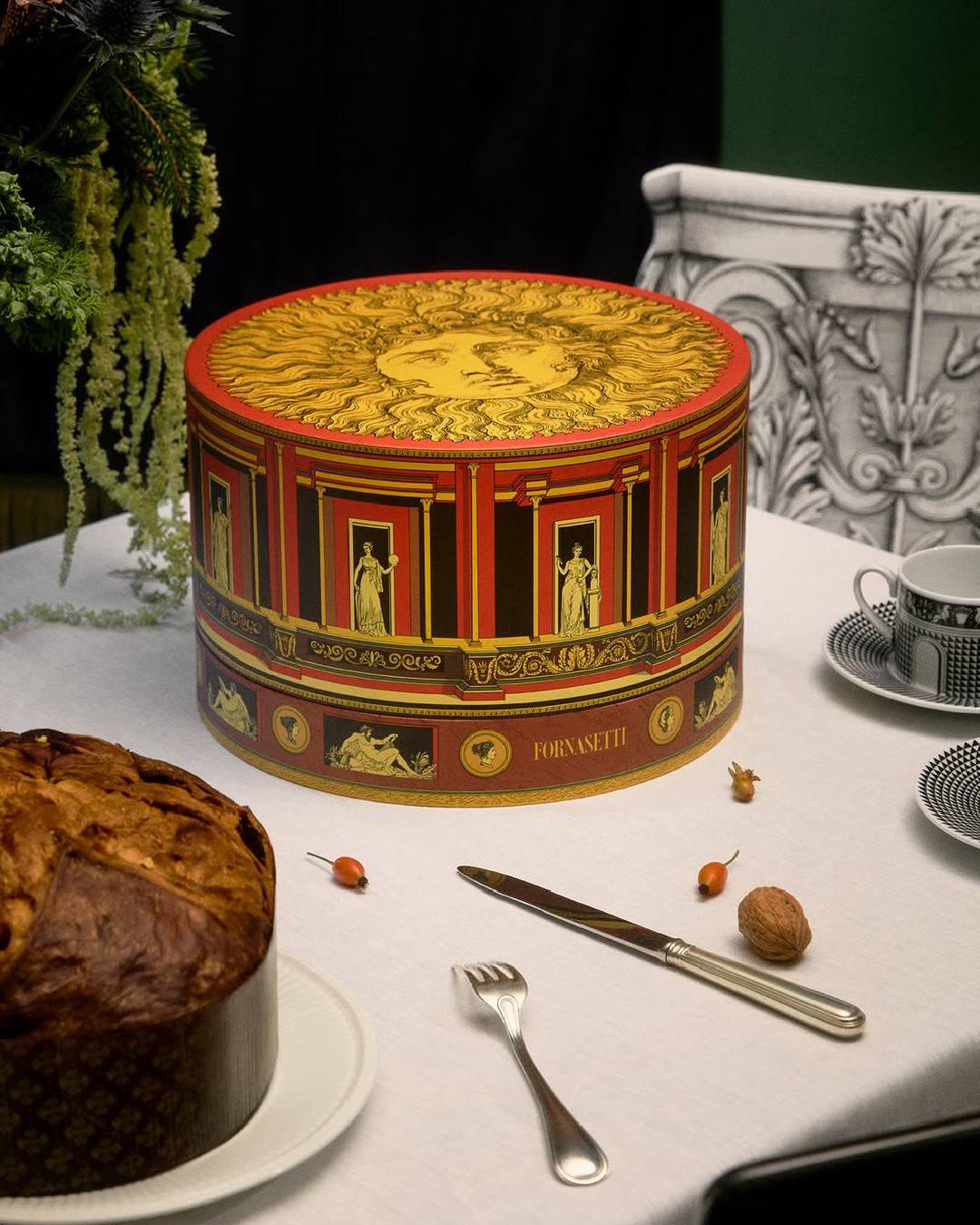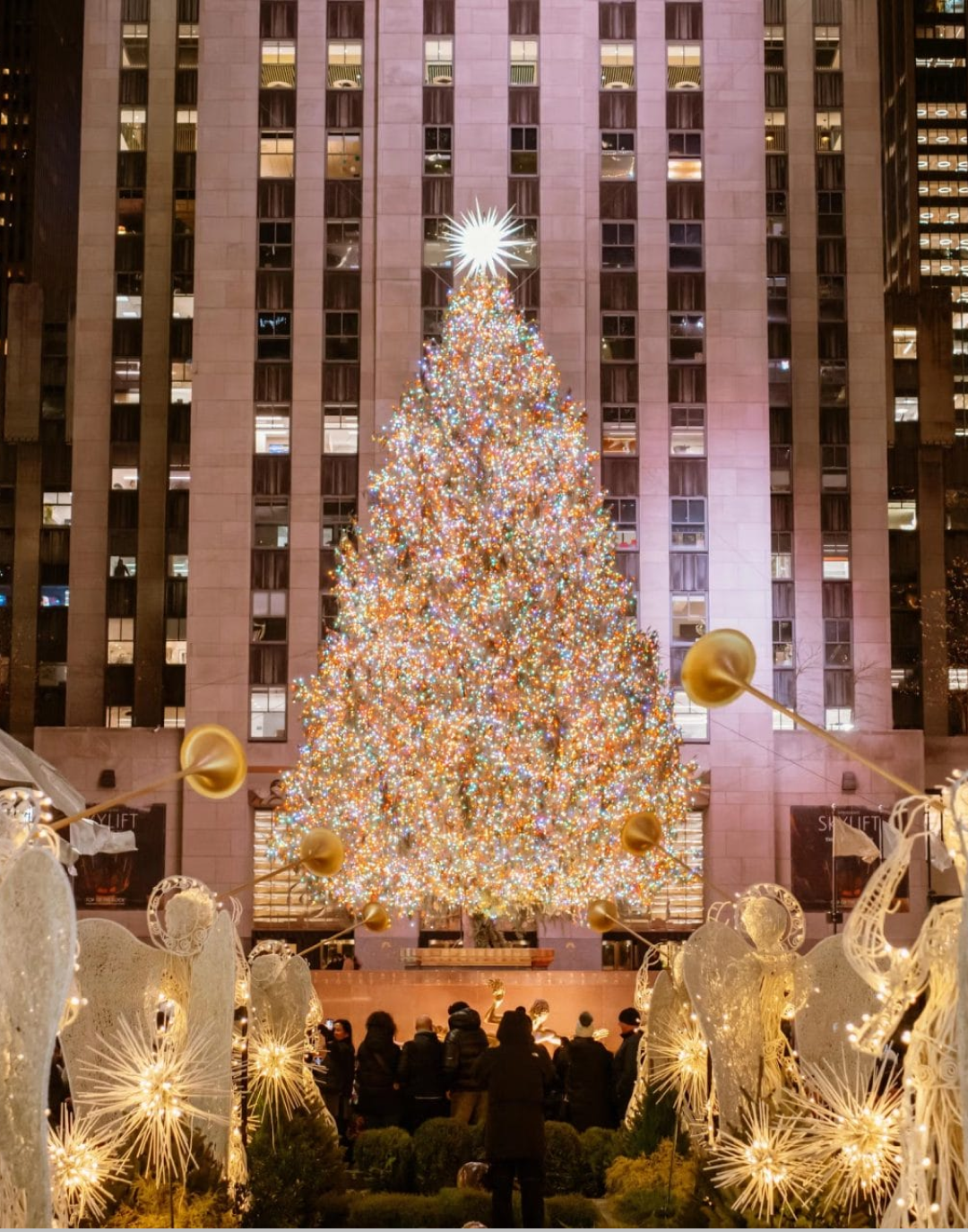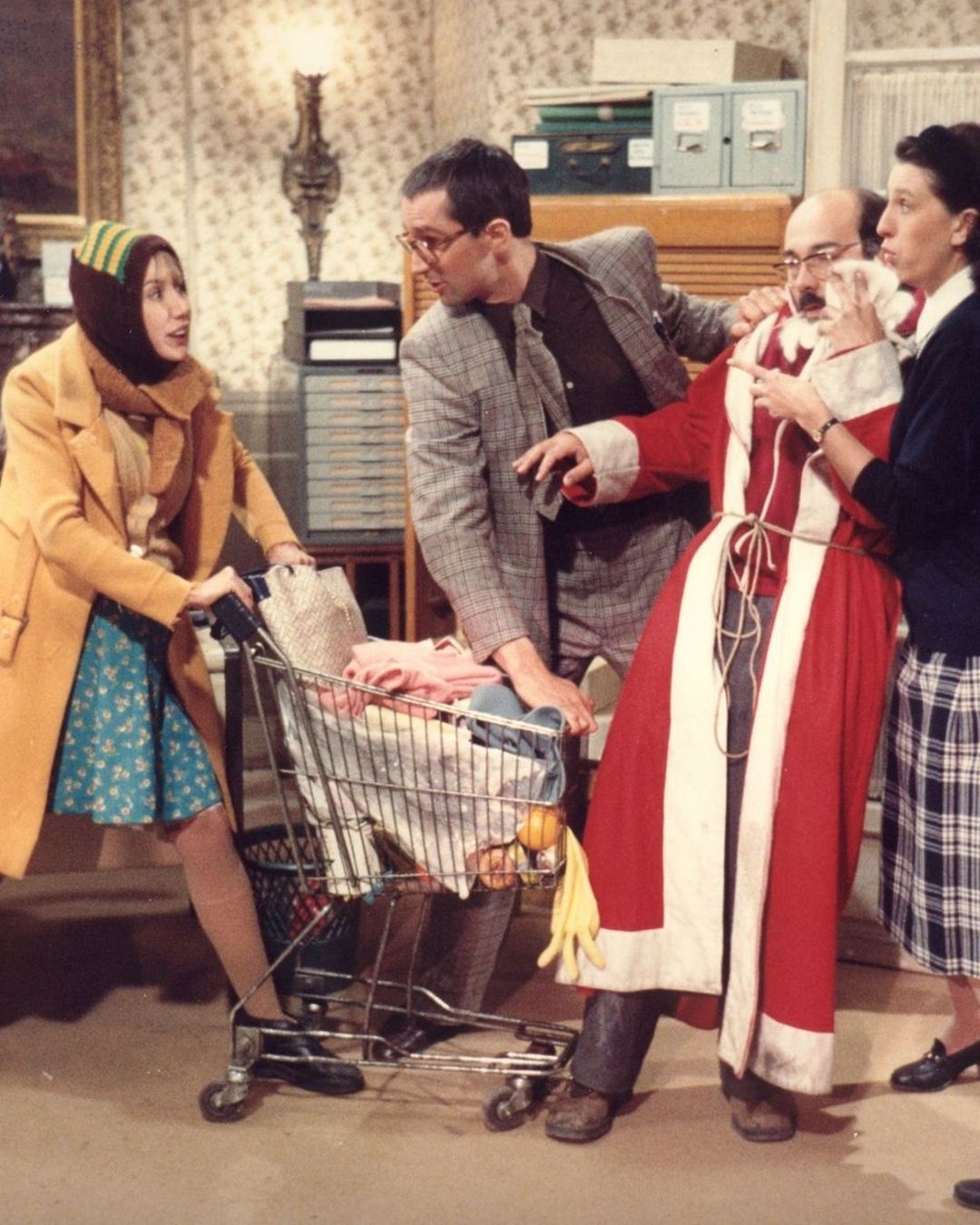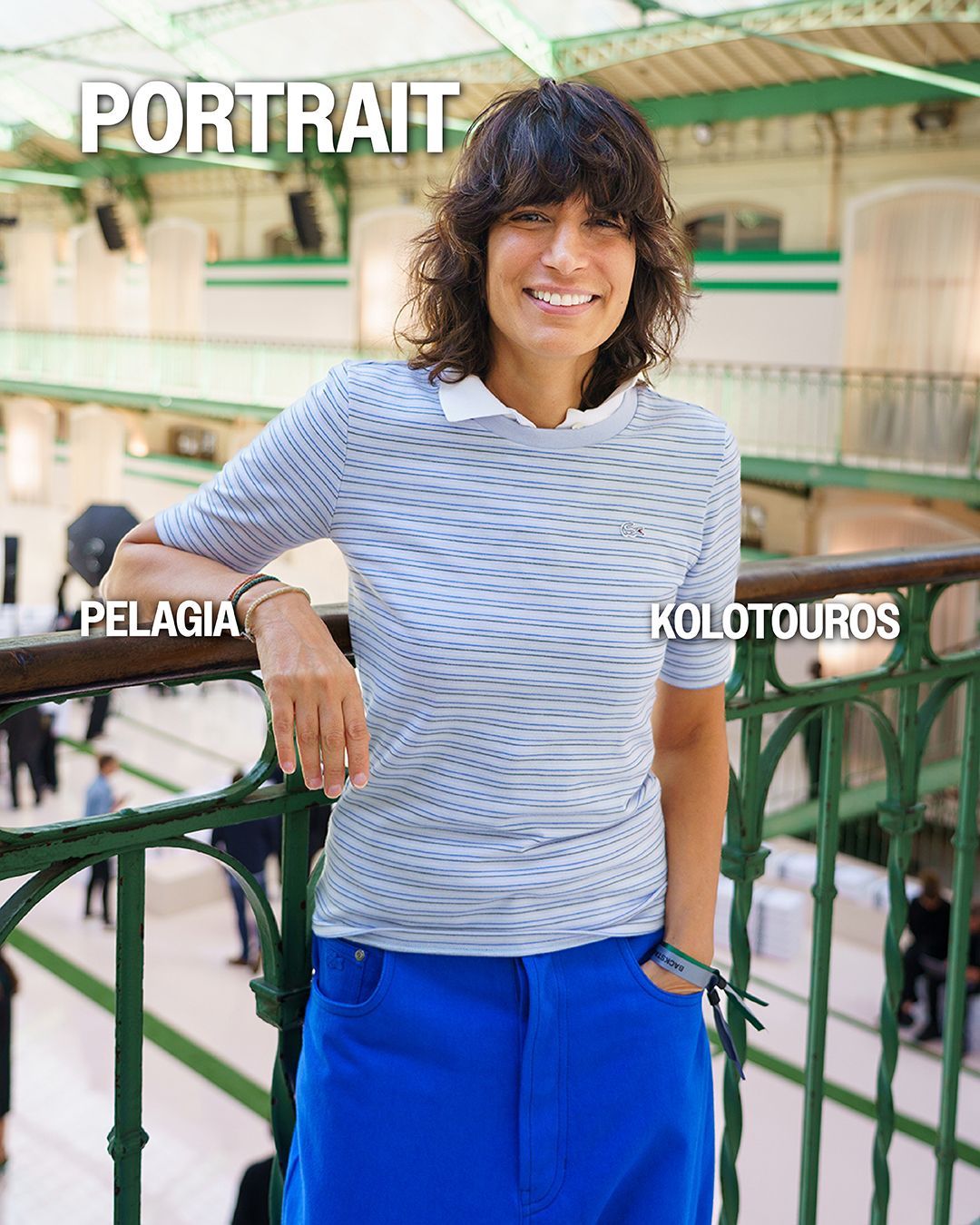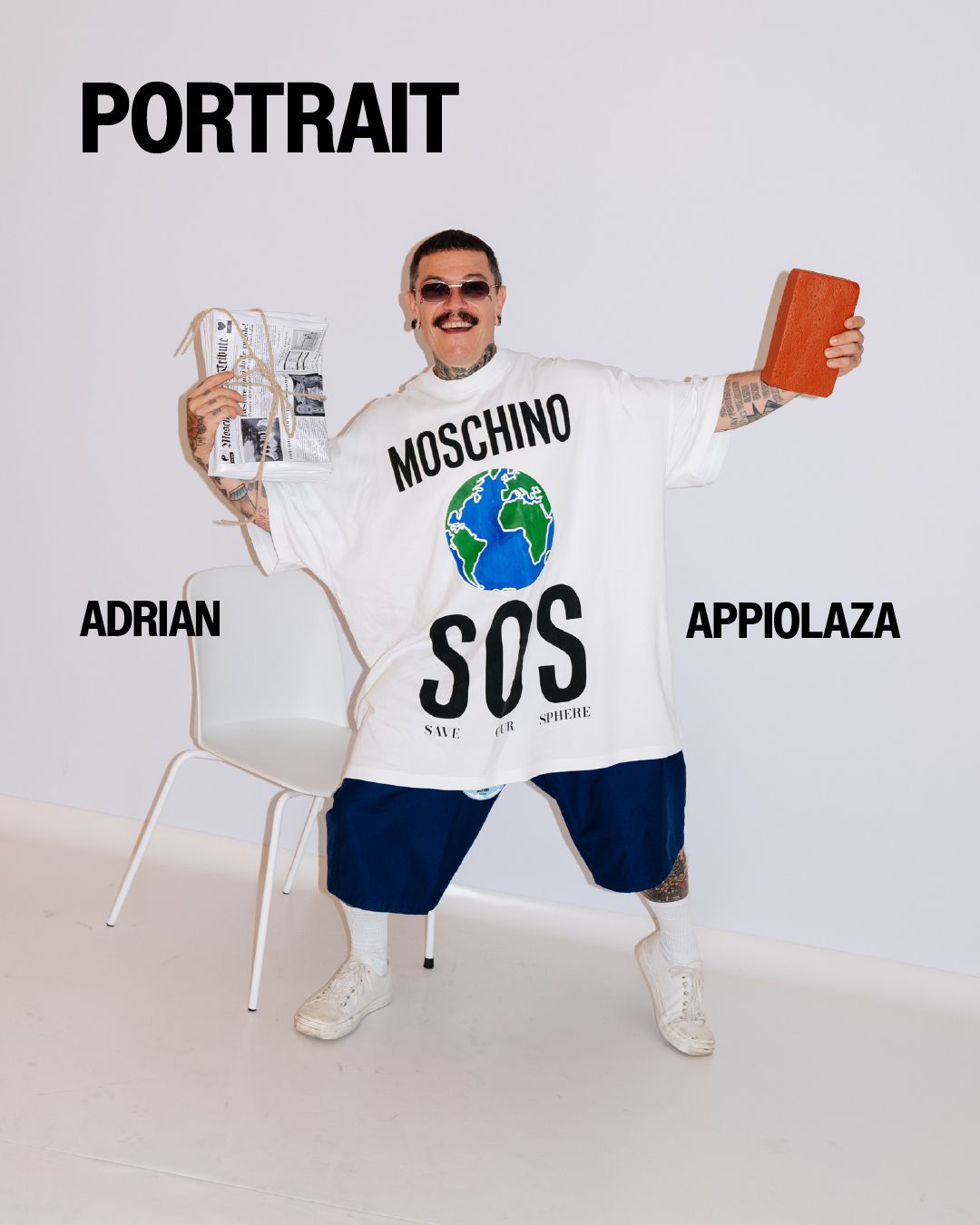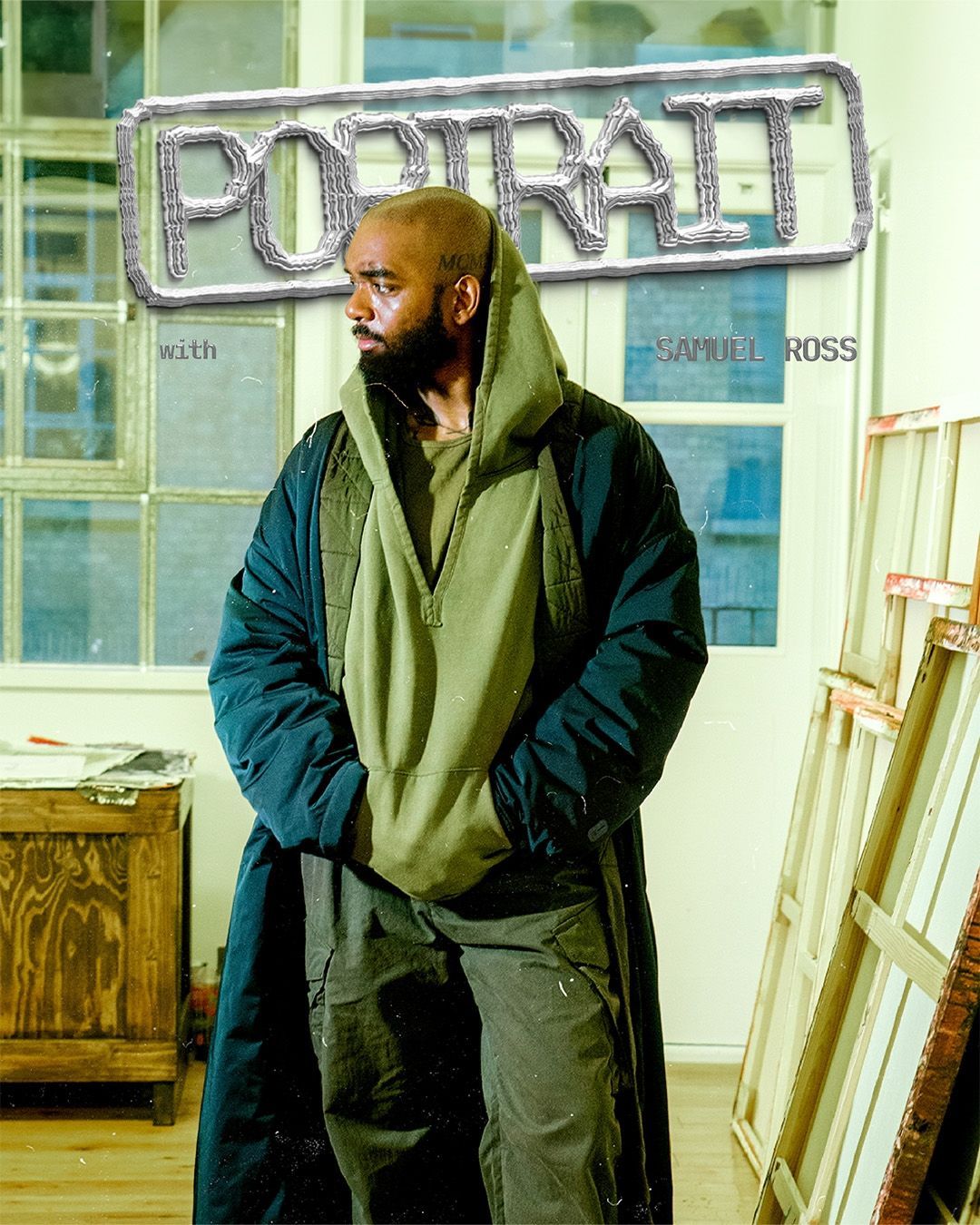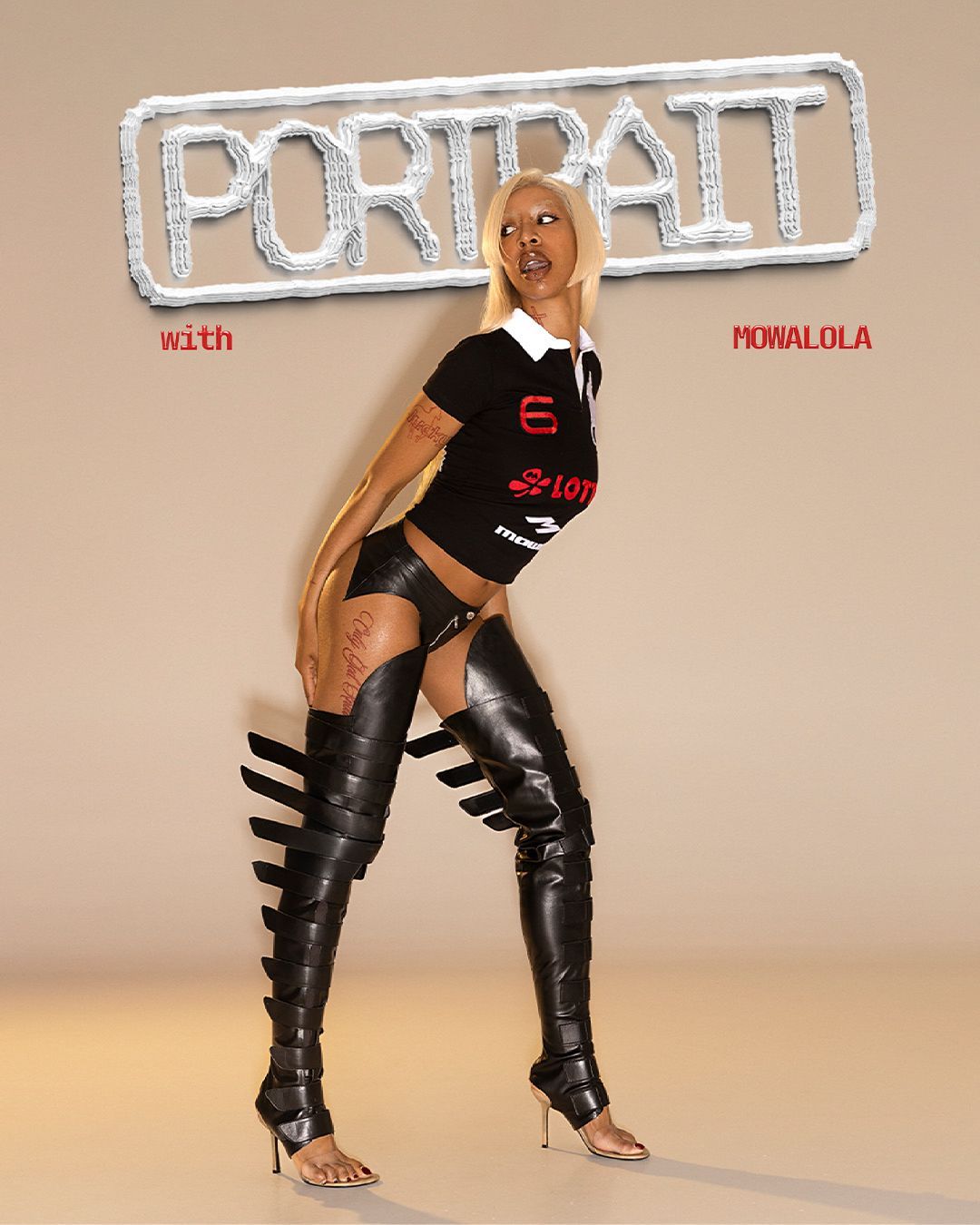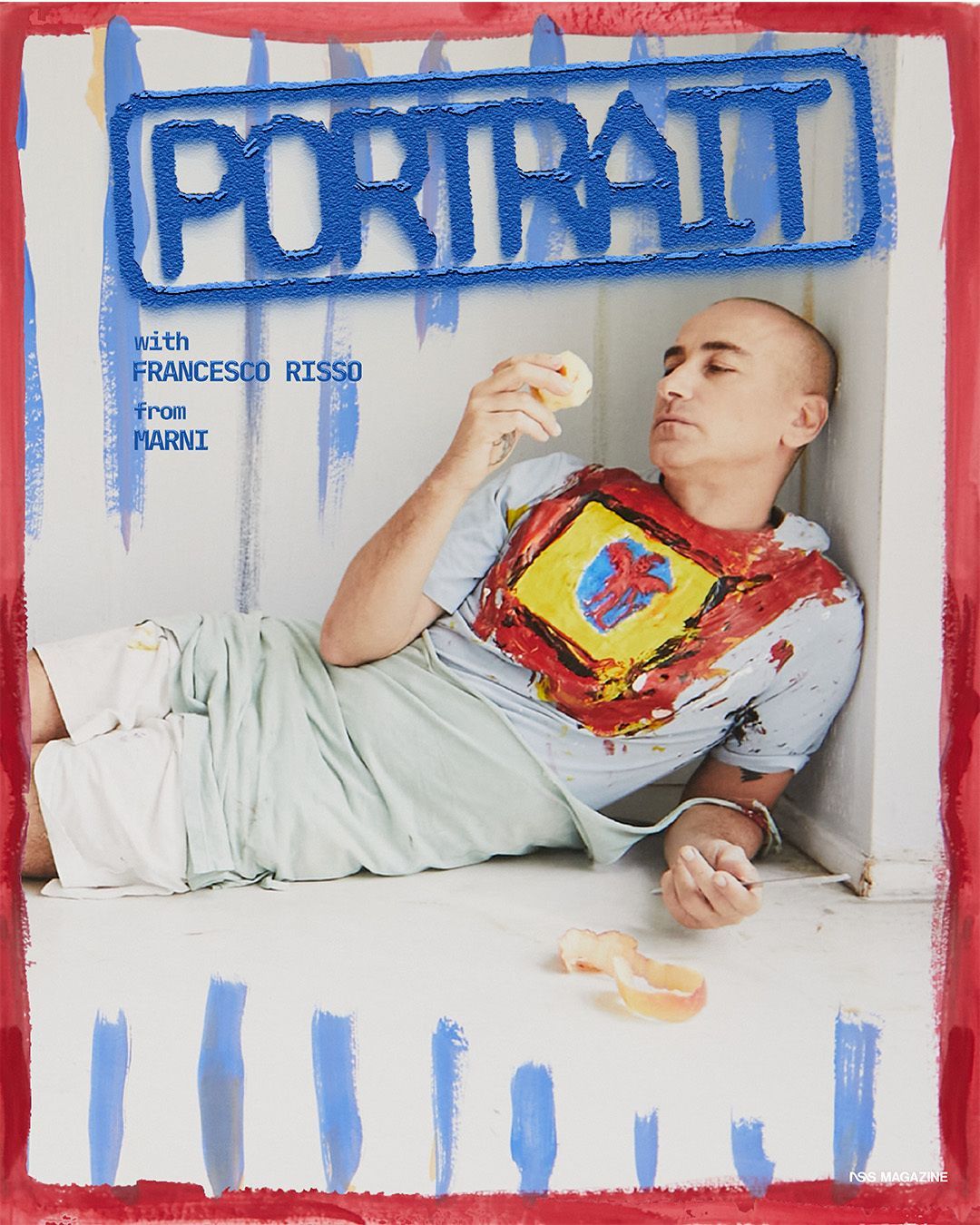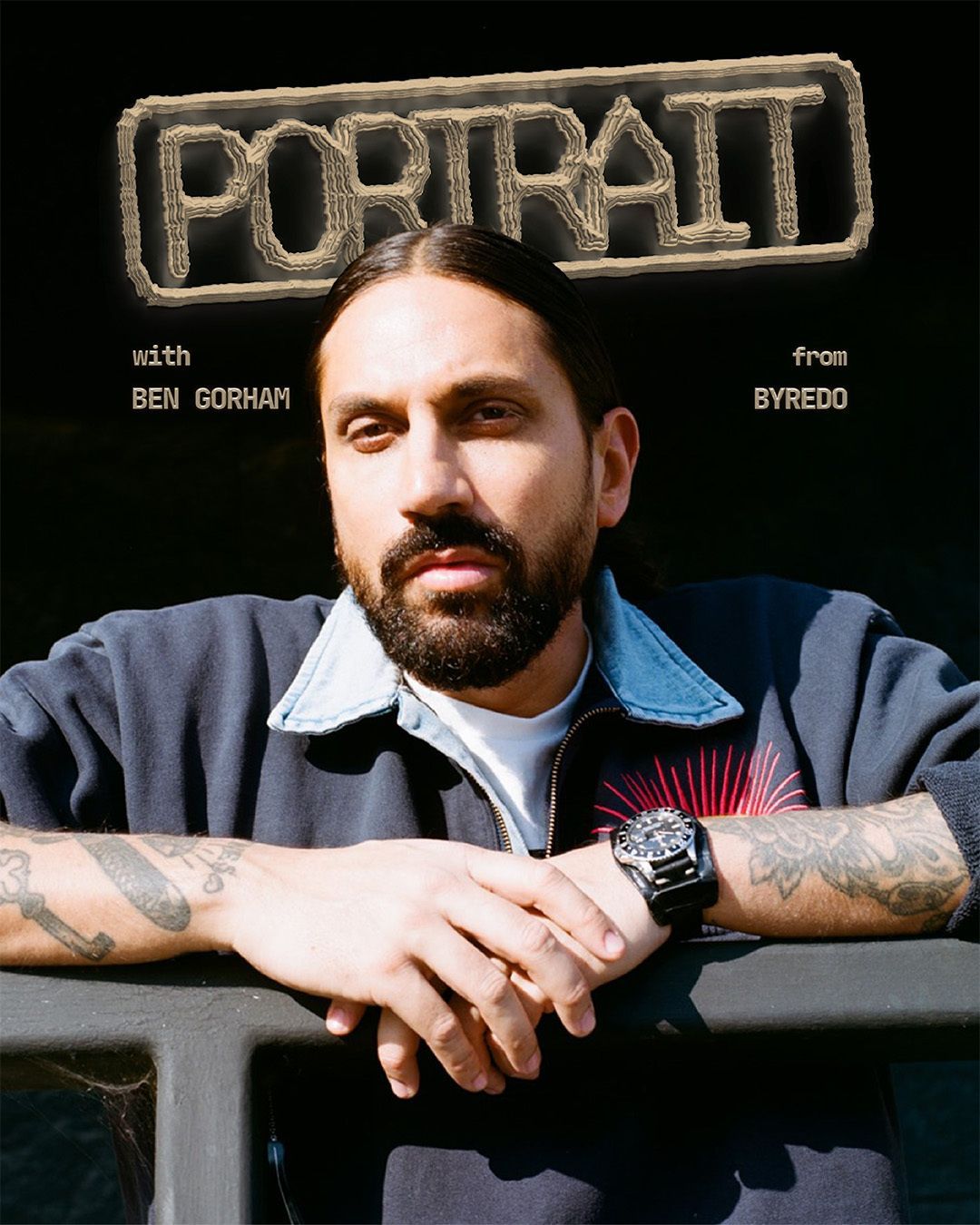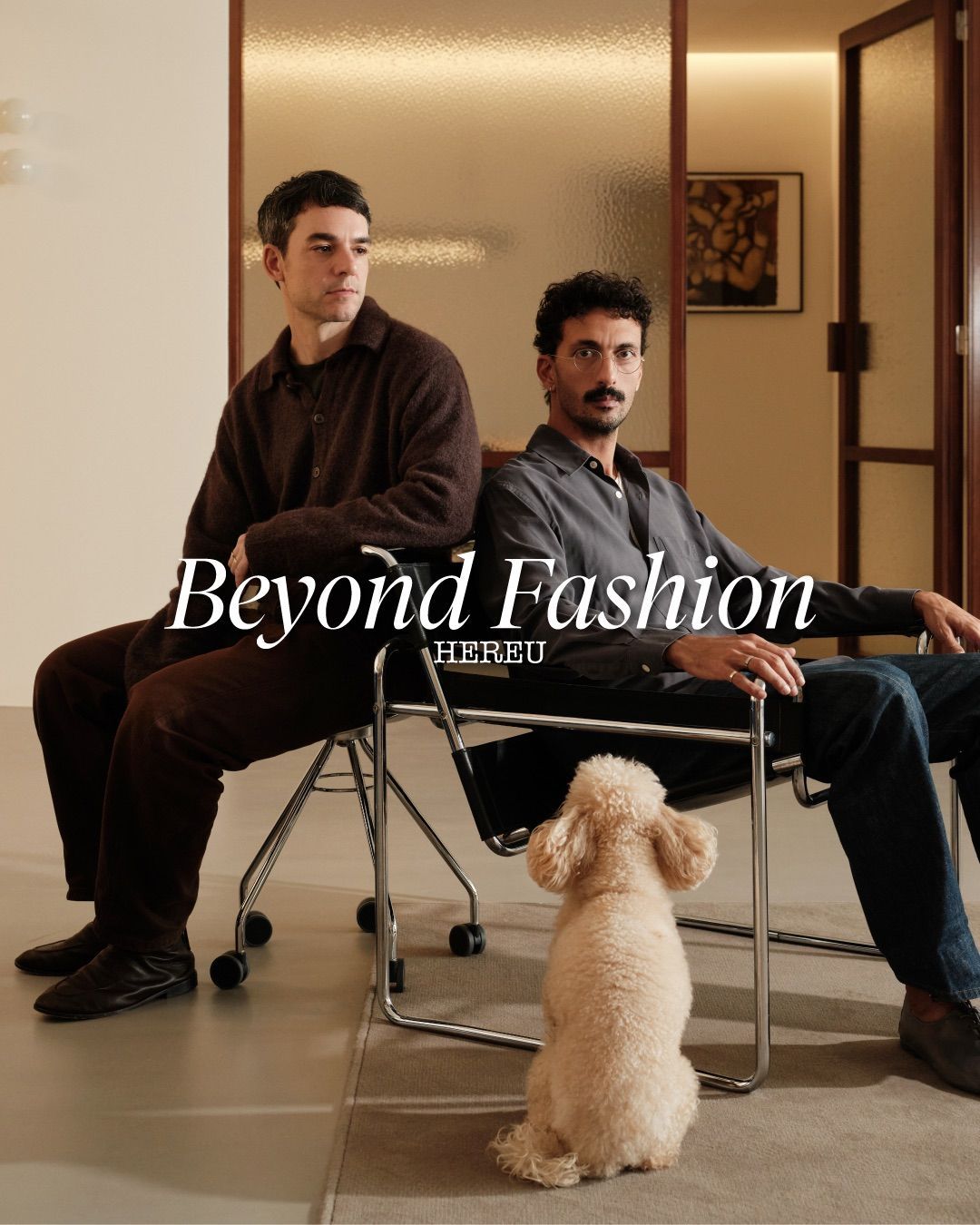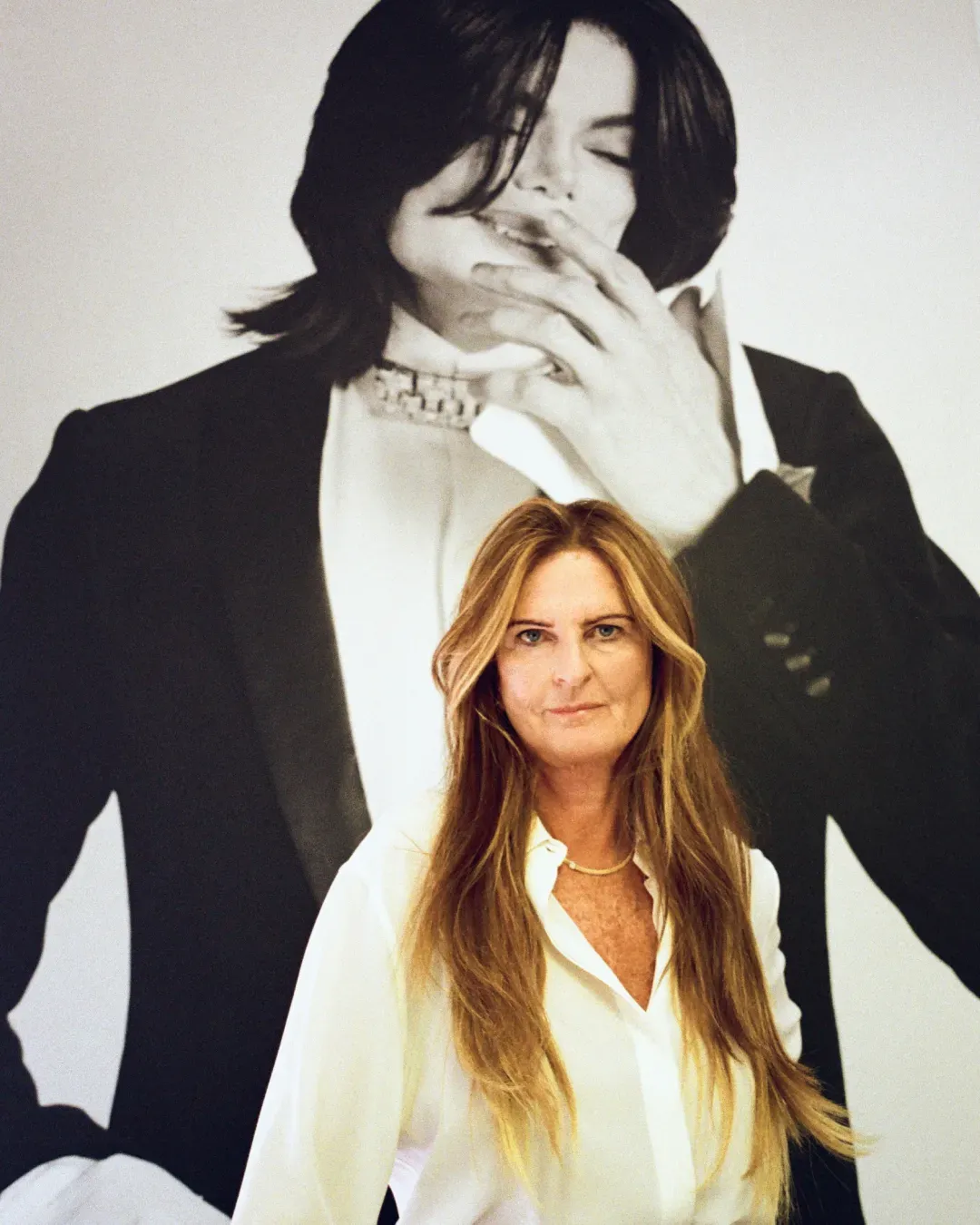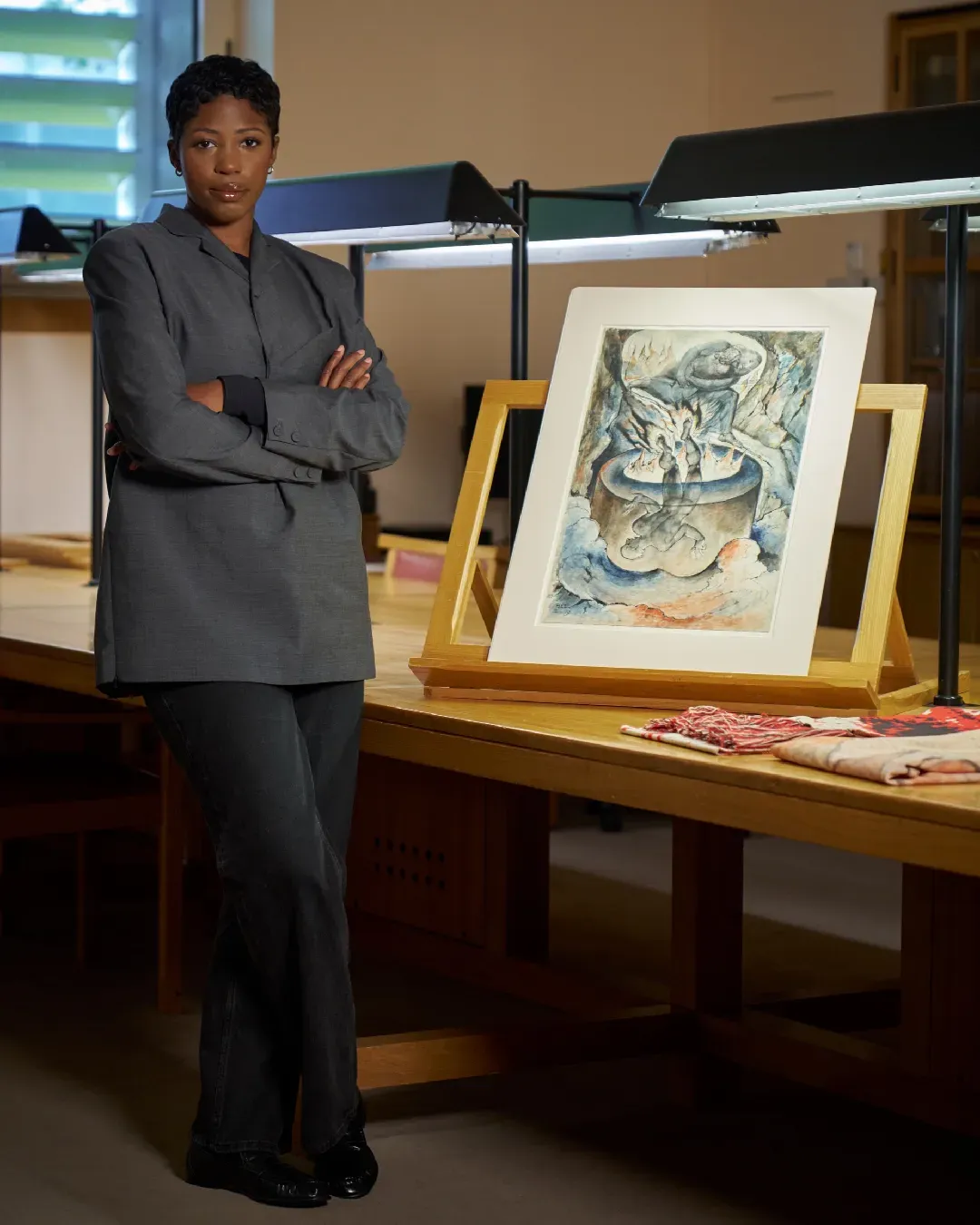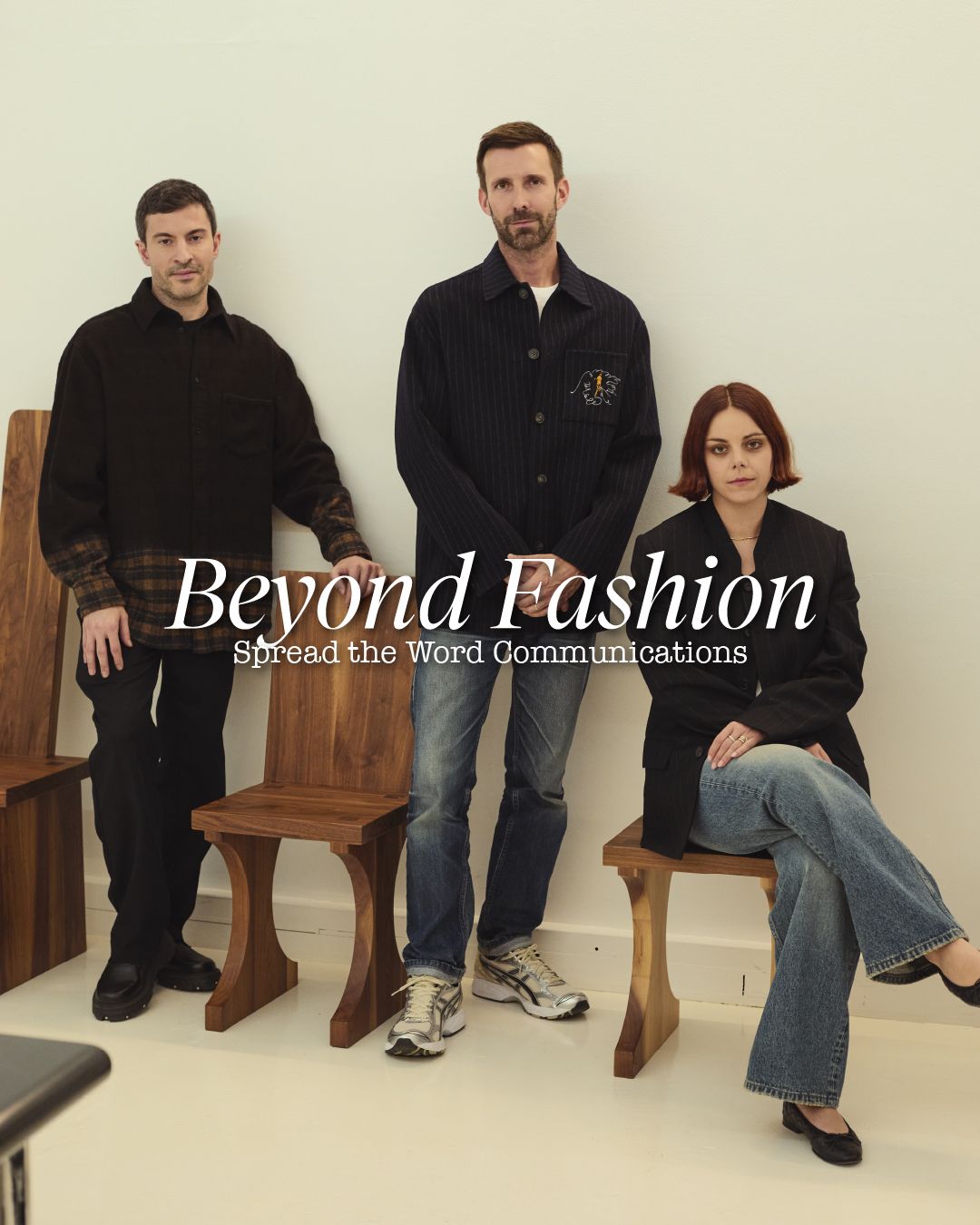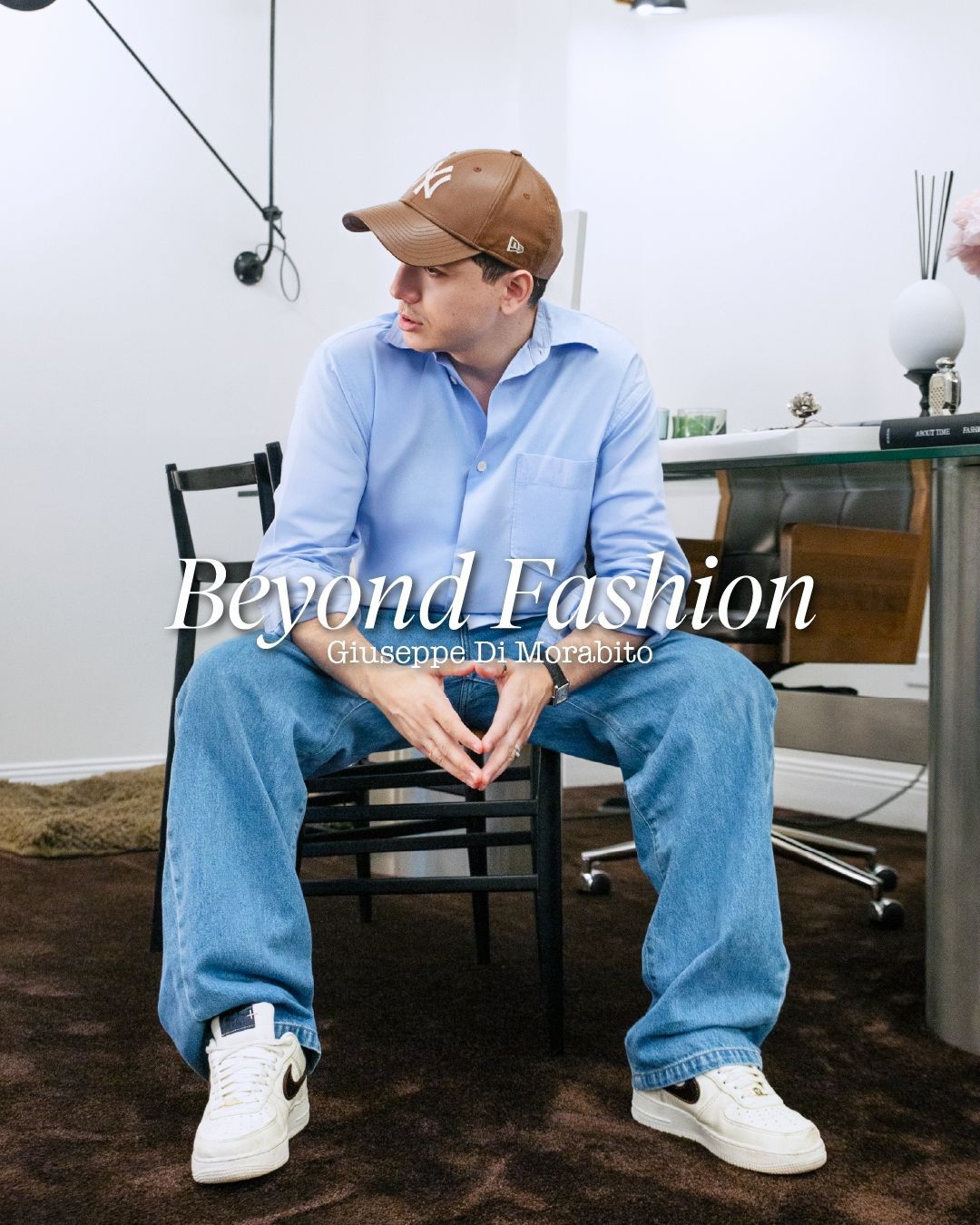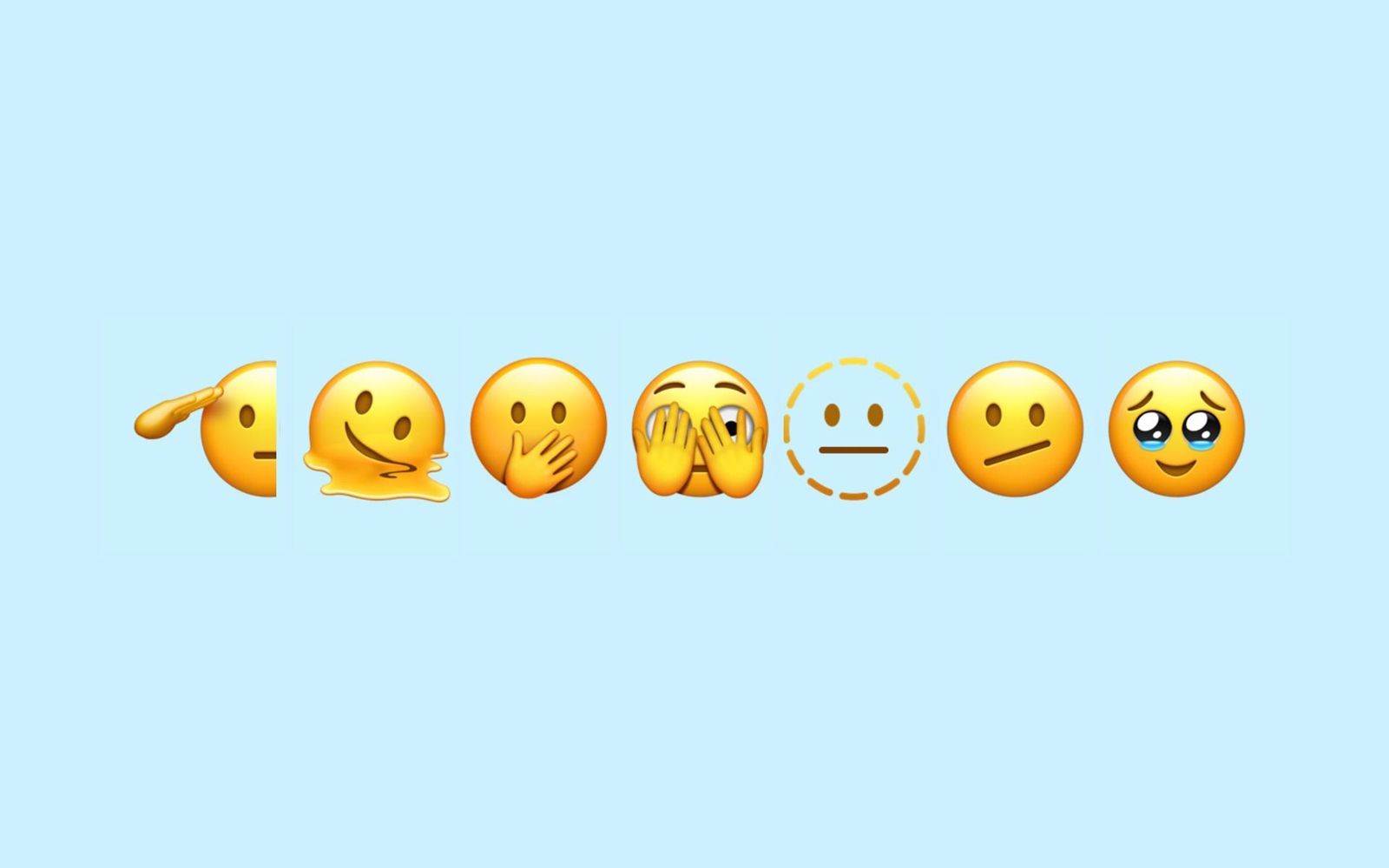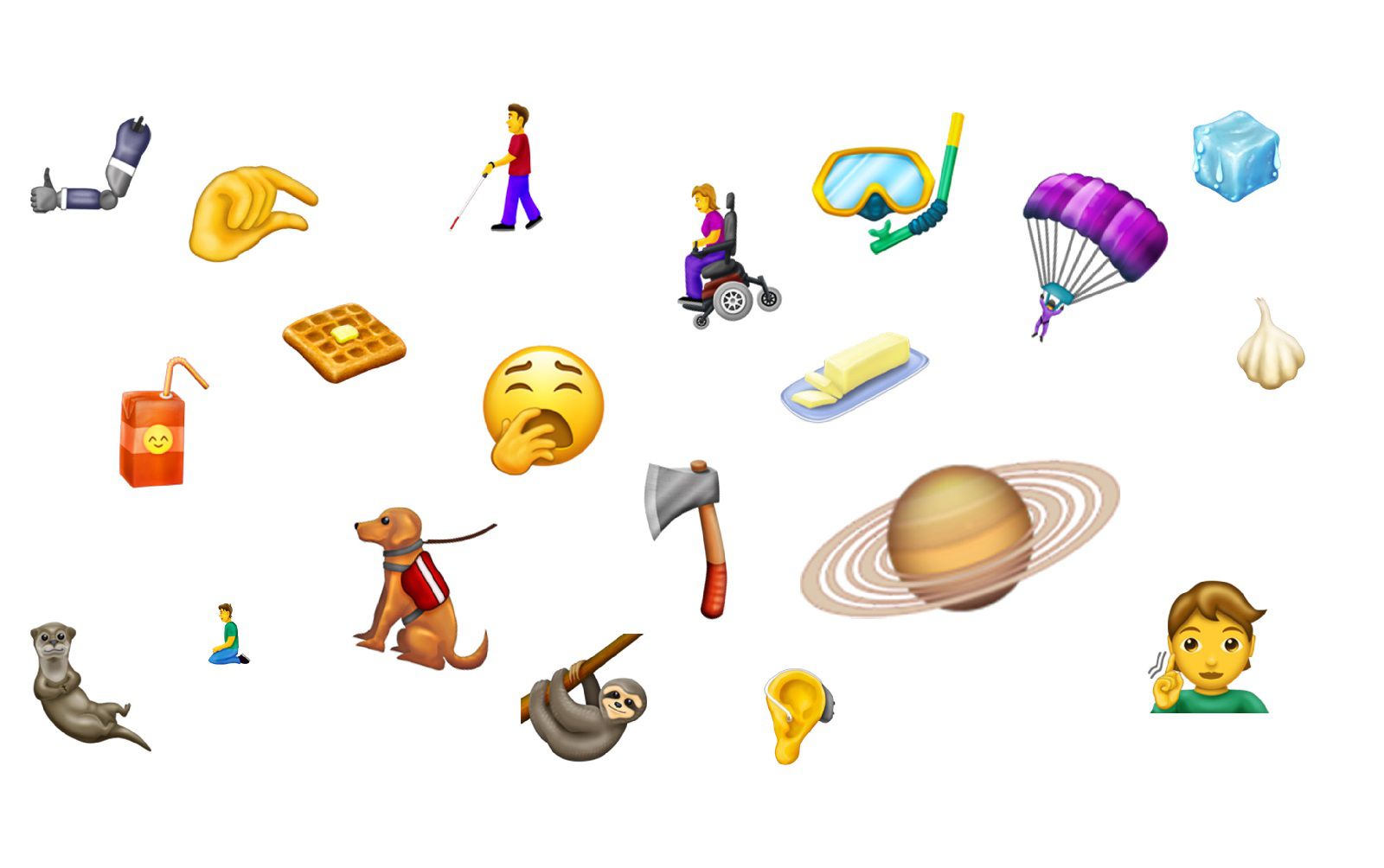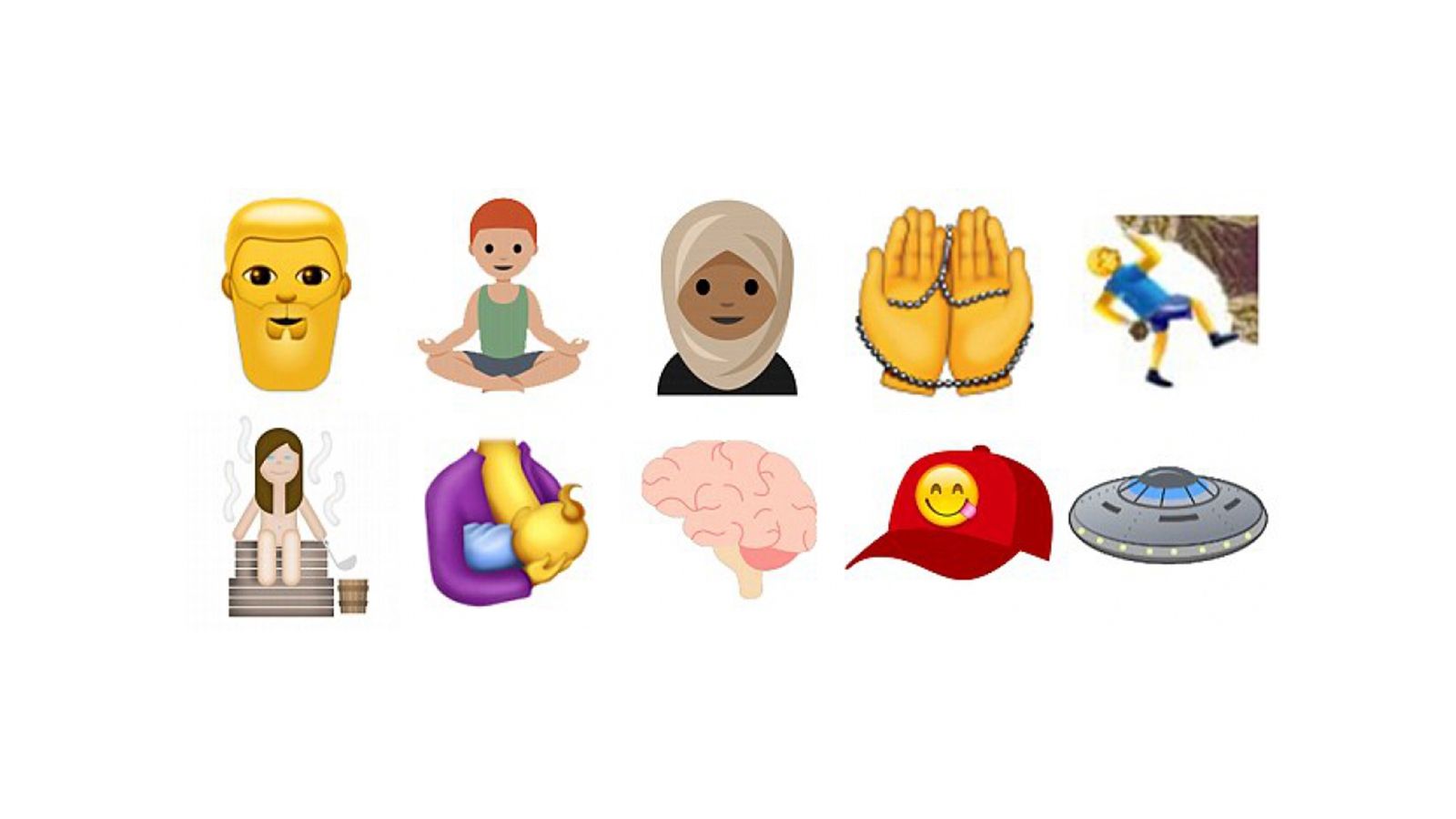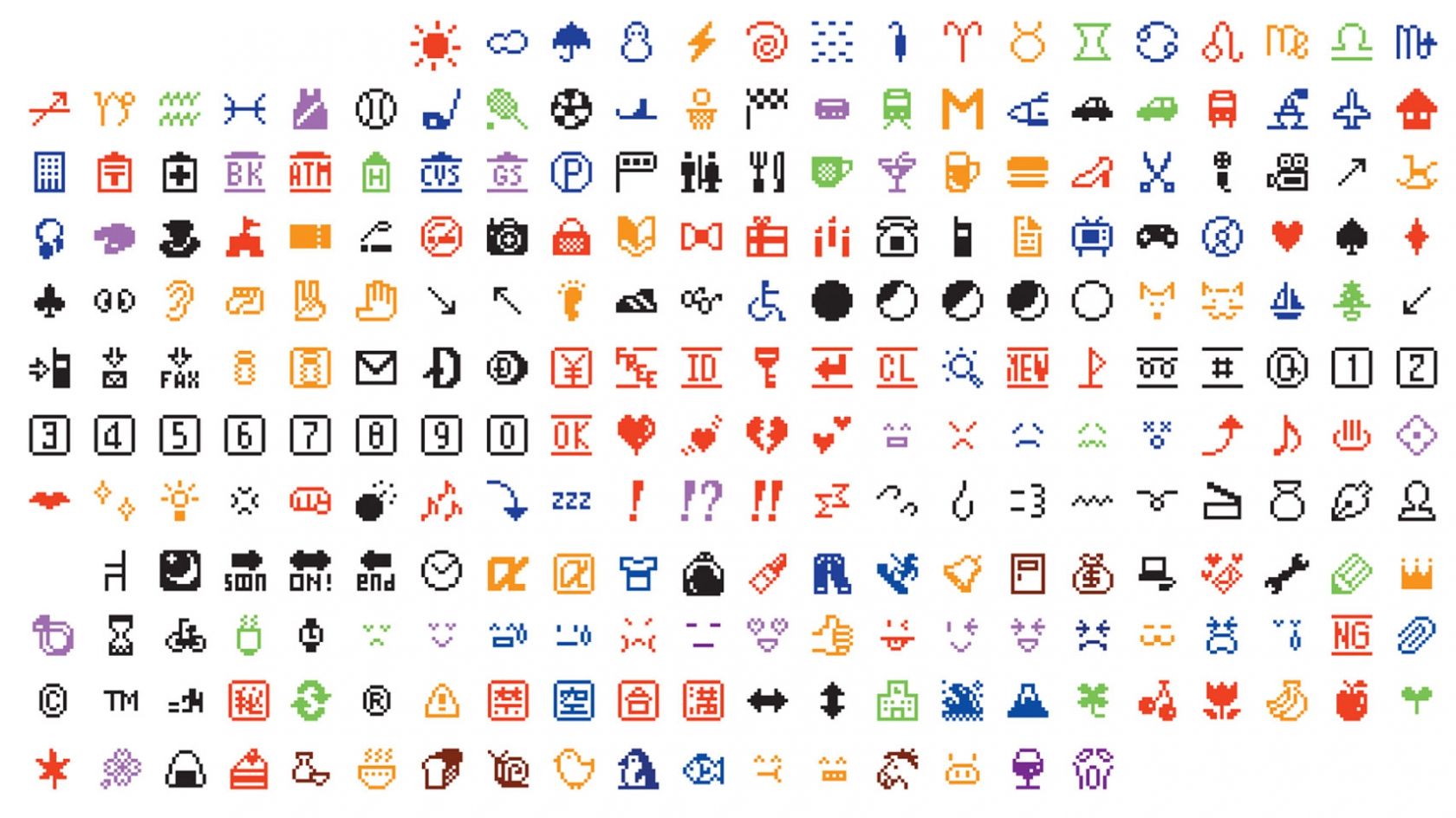
How did the heart emoji evolve overtime? It is so popular that its meaning has become very subjective
The heart emoji continues to be widely used in messages exchanged daily in chats and on social networks—more and more often, even just as a reaction. However, its increasing prevalence is raising several questions. In particular, some wonder how this seemingly innocent symbol can change meaning depending on the context in which it is used. A recent article in the U.S. edition of Wired states that “the heart emoji today can mean anything, which makes it devoid of a true meaning.” The magazine recounts how one of its editors, in 2023, reacted with a heart emoji to a message received from the company's new global director. This seemingly trivial gesture prompted journalist Andrea Couts to reflect more deeply on the modern use of this emoji. “In my countless text messages, I usually use the heart emoji to say thank you. [...] I also use it in the hope that it is a polite way to end a conversation that I don’t want to continue,” Couts explains. But what are we really trying to communicate when we react with a heart emoji? Couts himself poses the question in Wired, arguing that “its meaning seems to change so much depending on the context that it no longer has a fixed meaning, except when it is used incorrectly.”
Reacting to work messages & emails with a heart emoji while all my coworkers use the thumbs up emoji pic.twitter.com/TqYRuuP7pA
— Victoria (@cozyvictoria) March 3, 2025
“You can get in trouble if you send a red heart instead of a white one to the wrong person!” jokes Neil Cohn, professor of visual communication at Tilburg University in the Netherlands, speaking with Wired about the importance of understanding the context of a conversation before reacting with the heart emoji. Its widespread use in recent years has meant that, albeit indirectly, its meaning has largely become personal. Defining precisely what the heart emoji represents today is difficult, especially in professional settings, where, in some cases, the use of a heart emoji might be deemed inappropriate. In more formal contexts, a red heart—especially when sent—could be interpreted as a sign of excessive familiarity. Instead, it is advisable to use a different-colored heart so that it is perceived as less emotionally charged, Wired suggests.
Where the Heart Emoji Comes From
As reported by the U.S. magazine Vox, scholars have long debated how this symbol became associated with the concept of love and beyond. The transformation of the human organ into a universally recognized stylized symbol has deep and complex roots. One of the most popular theories links its origin to an ancient plant called silphium. This plant, a type of giant fennel, grew along the North African coast near the Greek colony of Cyrene. The Greeks and Romans used it not only as a spice and medicine but also as a contraceptive. The silphium fruit had a shape similar to the stylized heart, and its depictions have been found on ancient coins. Another hypothesis suggests that the symbolic heart may have been inspired by human anatomy, particularly the shape of breasts or buttocks, as well as the leaves of the water lily or ivy. Some scholars argue that the symbolic heart shape partially reflects real anatomical characteristics, with the two upper curves possibly representing the two sides of the heart. However, the connection between the symbol and real anatomy is complex: the ancient Egyptians already knew the actual shape of the heart through autopsies, while Galen in the 2nd century developed precise anatomical descriptions that remained uncontested until 1543, when Andreas Vesalius published detailed illustrations in De humani corporis fabrica. The first known representation of the heart as a symbol of romantic love appears in the 1250 French manuscript Roman de la poire, where a man offers a heart to a lady, although the image more closely resembles an inverted pinecone or possibly a pear. A similar iconography was used by Giotto in 1305 in the Scrovegni Chapel, which later influenced artists such as Taddeo Gaddi, Andrea Pisano, and Ambrogio Lorenzetti.
The typical "scalloped" shape of the modern heart, with an indentation at the base, began to appear in the early 14th century, with examples in manuscripts like Documents d’amore by Francesco da Barberino, dating before 1320. A more pronounced example of this shape is found in a manuscript from the Cistercian monastery in Brussels. By the late 15th century, the heart with its modern shape was also used in playing cards. Various modern hypotheses, developed since the 1960s, have attempted to link the heart symbol to ancient geometric representations. Other theories suggest it is a stylized interpretation of female anatomical features, such as breasts, buttocks, or the mons pubis. Heart-like shapes have been found in stucco reliefs and wall panels in the ruins of Ctesiphon, the ancient Persian capital, dating from about 90 BC to 637 AD. Luther’s Rose, the emblem of theologian Martin Luther, included a heart with a black cross at its center, adopted as his personal seal in 1530. Luther described the symbol, explaining that the black cross within the natural heart served as a reminder that faith in Christ brings salvation. Although religious, this representation helped spread heart iconography in European culture. The stylized heart was also adopted in sacred depictions, such as the Sacred Heart of Jesus, where its form continued to evolve.
Famous 'I Love New-York' Logo designed by Milton Glaser pic.twitter.com/mZqHPV90W4
— 99REFERENCE (@99reference) June 4, 2024
The stylized heart took a further step forward in 1977, when designer Milton Glaser used it for the famous "I ♥ NY" campaign. For the first time, the symbol replaced the verb "love." Since then, the heart emoji has been used to express a wide range of meanings. In 1986, for example, the icon was adopted by the video game The Legend of Zelda to indicate the number of remaining lives, a concept that was widely replicated in the future—up to today, where its meanings are numerous and often very personal. The "heart hand" gesture is a sign where a person forms a heart shape with their fingers, usually using the thumbs for the lower part and bending the other fingers to join them together. In recent years, this gesture has evolved, particularly among Gen Z, with the use of the index and middle fingers to form the heart shape. Italian artist Maurizio Cattelan immortalized this gesture in 1989 in his work Family Syntax, while in 1998, DJ BlackHeart introduced it into the rave scene, creating a distinctive movement that blended dance styles like Liquid and Electric Boogaloo. Over time, the heart hand gesture has become a greeting and a symbol of affection, spreading throughout popular culture and even being added to the list of emojis in 2021. In 2011, Google patented the use of the gesture to interact with Google Glass, allowing users to recognize objects and share images on social media.
@juyomimis robert pattinson aegyo #robertpattinson #kpop I feel so sigma and AWWWHHHH -
Although the exact origin of the symbol remains uncertain, a recent discovery suggests that the stylized heart may actually derive from the real shape of the human heart. According to a 2023 article by Gabriele Fragasso and Mauro Carlino, during modern cardiac catheterization procedures and coronary angiography, it was observed that injecting contrast medium into both the right and left coronary arteries simultaneously creates a shadow that closely resembles the stylized heart shape. This discovery, while not known in ancient times, raises interesting questions about how past civilizations might have perceived the heart’s shape and its connection to the stylized representation. Especially considering that the first diagnostic cardiac catheterization procedures were introduced in the 1940s by André Cournand and Dickinson Richards, while in the 1960s, Mason Sones developed selective coronary angiography. Determining whether this similarity between the anatomical heart and the emoji was known in the past is difficult. However, the widespread depiction of the heart shape in medieval art and manuscripts may have been influenced by a broader anatomical understanding than previously thought. The symbolic representation of the heart has stood the test of time and is now universally recognized as the symbol of love. Regardless of its precise origin, the heart remains one of the most powerful symbols in human culture.



